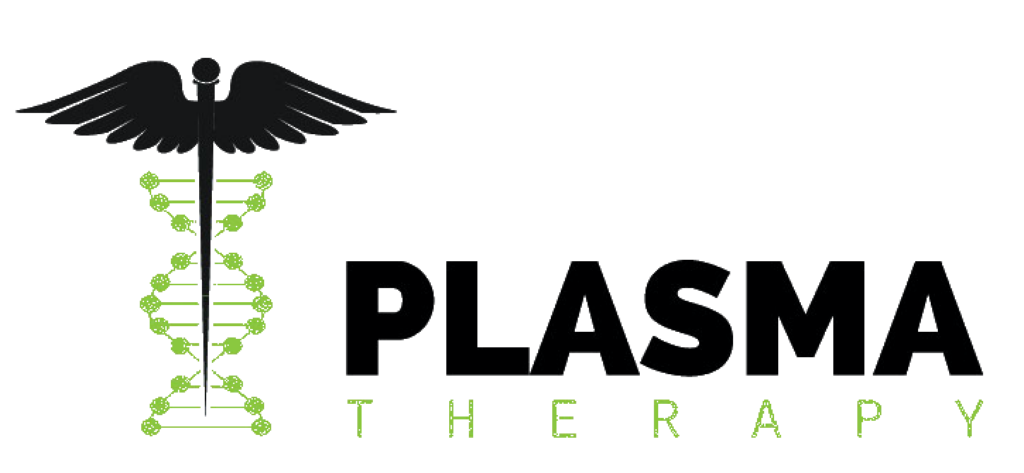
Patient portals have emerged as a revolutionary tool in modern healthcare, offering patients unprecedented access to their medical information and enhancing communication with healthcare providers. At the University of Iowa Health Care, our electronic health record (EHR) patient portal represents a commitment to patient-centered care and digital health innovation.
Official Research Sources
- The Use of an Electronic Health Record Patient Portal Study
- Using Electronic Health Record Portals to Improve Patient Engagement
What Is a Patient Portal?
A patient portal is a secure online platform that allows patients to:
- View diagnostic test results
- Access medical records
- Communicate with healthcare providers
- Manage personal health information
Who Can Use the Portal?
According to research, our portal is designed for:
- Adults aged 18-60
- Parents managing children’s health records
- Patients with active MyChart accounts
Key Portal Features
Diagnostic Test Results
- View laboratory test results
- Access radiology reports
- Check test interpretations
Communication Options
- Secure messaging
- Review medical notes
- Request prescription refills
Privacy and Security
Our patient portal prioritizes:
- Secure authentication
- HIPAA compliance
- Protected health information management
Usage Statistics
Research reveals interesting insights about patient portal usage:
- Approximately 90% of health systems offer patient portals
- Only 15-30% of patients actively use portal features
- Highest usage among females and specific age groups
Accessibility Considerations
We recognize that portal access can vary based on:
- Digital literacy
- Health literacy
- Technology access
- Language preferences
Challenges and Improvements
Our ongoing research focuses on:
- Enhancing user experience
- Simplifying interface design
- Supporting diverse patient populations
Activation and Support
To activate your patient portal:
- Request an activation code
- Complete online registration
- Verify personal information
Recommendations for Patients
- Explore all portal features
- Regularly update personal information
- Use secure messaging for non-emergency communications
What We’re Working On
Ongoing improvements include:
- Multilingual support
- Enhanced graphical representations
- Simplified navigation
- Comprehensive educational resources
Unprovided Information
Some details not explicitly covered in our research sources include:
- Specific app download instructions
- Exact billing portal functionalities
- Comprehensive customer support contact information
The University of Iowa Health Care patient portal represents our commitment to patient empowerment, digital innovation, and personalized healthcare experiences. We continue to evolve our platform to meet the diverse needs of our patient community.
Disclaimer: Portal features and accessibility may change. Always consult direct hospital resources for the most current information.
FAQ
Is a patient portal an EHR?But EHRs have more information because healthcare professionals use them for visit notes, test results and more. A personal health record that’s tied to an EHR is called a patient portal.
What are the three types of EHRs?
| Types of EHR Systems | Pros |
|---|---|
| Cloud-based EHR system | Accessibility Lower upfront costs Reduced maintenance |
| Physician-hosted EHR system | Full data control No ongoing subscription fees |
| Remotely-hosted EHR system | Fast setup Cost savings No maintenance responsibilities |
What are the three leading EHR systems?
- Epic Systems Corporation is the largest EHR vendor with 41.3% of hospital installations. …
- In second place is Oracle Cerner with about 22% of the U.S. hospital EHR market share. …
- Rounding out the top three is MEDITECH with 11.9% market share.
Does Meditech have a patient portal?MHealth is the mobile version of MEDITECH’s Patient and Consumer Health Portal, which offers secure and convenient access to your health information at your …
https://pmc.ncbi.nlm.nih.gov/articles/PMC6625217/
Electronic health record (EHR) patient portals provide a means by which patients can access their health information, including diagnostic test
https://pmc.ncbi.nlm.nih.gov/articles/PMC7800164/
These studies suggest that achieving higher rates of patient engagement through EHR portals will require paying more attention to the needs of diverse patients.

